"First, only people from the United Kingdom lived here. Then, they opened their borders to other Europeans, and this restriction remained in place until 1973! You would think almost 200 years would be enough time for a lot more people to migrate" WRONG. There were Aboriginal people living here for OVER 60,000 YEARS before the first white man set foot on our country. SOVEREIGNTY NEVER CEDED.
Nobody Lives in the Middle of Australia, and You Wouldn’t
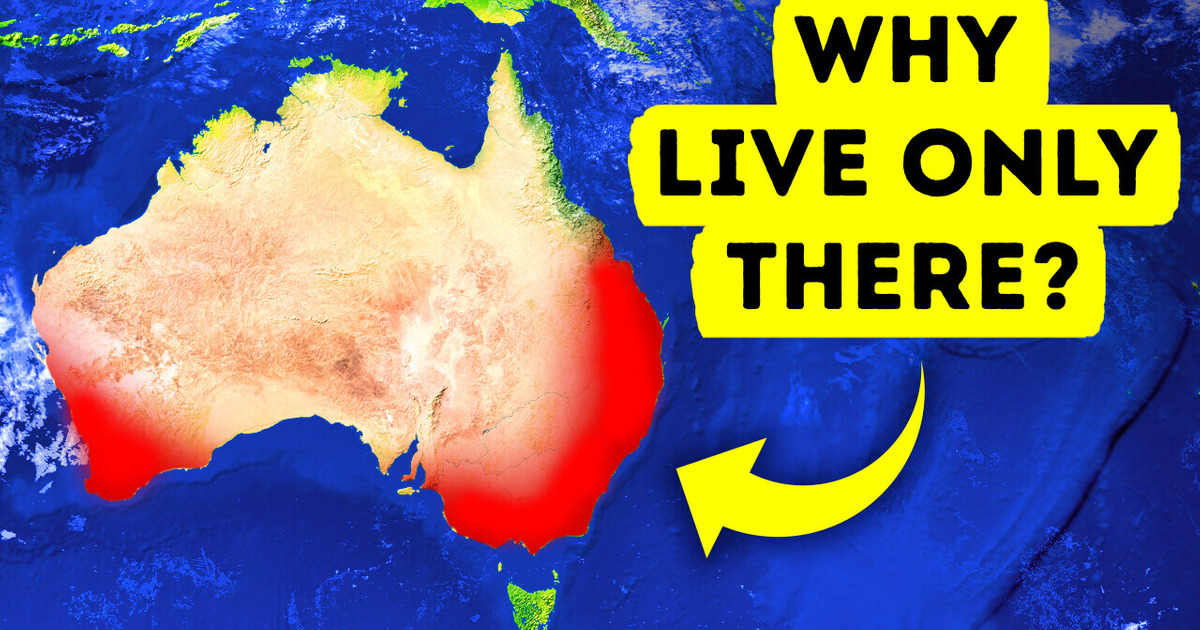
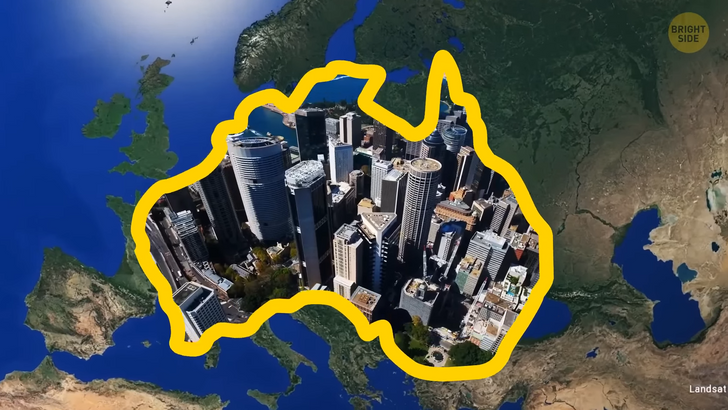
Australia is really massive — to make it easy to understand its size, it’s nearly as large as the entire Europe. Home to around 26 million people, Australia is among the countries with the least population per area. It’s ranked only 55th for the highest population in the world, while it has the 6th largest land area. Why is so much of it empty? A good guess would be the many dangerous animals hiding behind every rock. At least, this is enough for me to avoid Australia, but there is one specific reason to explain this.
The dryness of Australia ensures that 85% of the population lives within 30 miles of the coast. And 80% of them live along the eastern side, where rainfall is more common. But although there is an overall lack of rainfall, only 20% of Australia is an unlivable desert, and only 40% is considered not habitable by human standards. The water consumption is actually higher than their average rainfall each year.
But there is a further, ancient water source hidden away below, which can support a much larger population. It’s one of the largest underground freshwater resources in the world, the Great Artesian Basin. It covers a staggering 656,000 square miles, which is one-fifth the size of Australia. It holds enough water to cover the Earth under a 1.5 ft deep layer. Or, more usefully, it could provide enough water for thirsty Australians over the next 1,500 years.
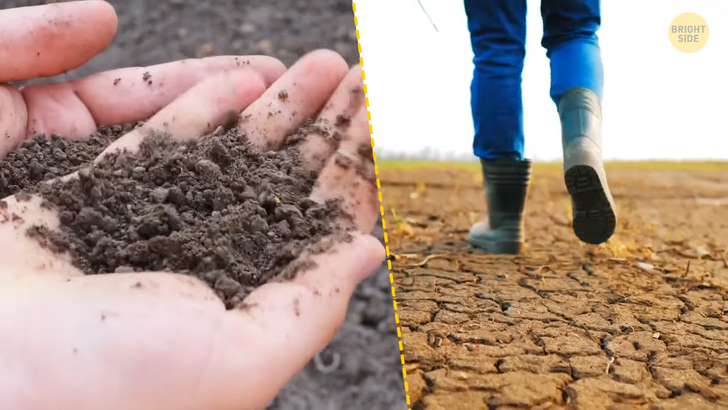
Only 6.5% of Australia has soil suitable for farming, so this doesn’t seem like a huge amount. But in case you forgot, Australia is BIG, and this small percentage is about the size of France! With this massive area available for farming, Australia has more than enough to feed its population, with a further 70% of agricultural products that are exported overseas. So, with plenty of land, food, and water, why are the population figures so low?
A very slow migration process is the reason. First, only people from the United Kingdom lived here. Then, they opened their borders to other Europeans, and this restriction remained in place until 1973! You would think almost 200 years would be enough time for a lot more people to migrate, but Australia was just so far away. The risk of traveling such a long way and the costs of the journey meant that people from Europe preferred the shorter and cheaper options to migrate elsewhere, like Canada or the USA.
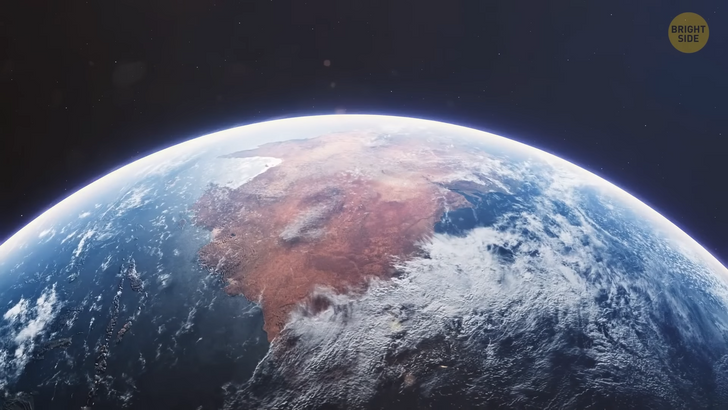
For the past 2,000 years, people have understood that Earth is round. But did you know that it’s not a perfect sphere? Through the wobbly rotation of Earth, our planet constantly changes its size, very slowly, of course. The North and South poles are surprisingly flat. Earth is pretty much like a ball being squished.
Imagine there’s a giant hand with the fingers pressing at both poles. Because of this pressure, the equator pushes a little outwards. Along with an uneven gravitational field, Earth has loads of gravity glitches, some positive and others negative creating an uneven, rocky, and bumpy surface. Some places on Earth have more gravity than others. If you weighed yourself along the equator, you would weigh 0.5% less than at the poles. Not a whole lot, and definitely not worth the trip to change your weight!
If you were to measure the length from the center of the Earth towards the farthest point of Earth, you would be shocked that Mt. Everest isn’t at the end of it. Instead, it’s along the equator, which is the pushed-out part. Ecuador’s mountain Chimborazo would actually be the tallest point on Earth as it’s the farthest from the center.
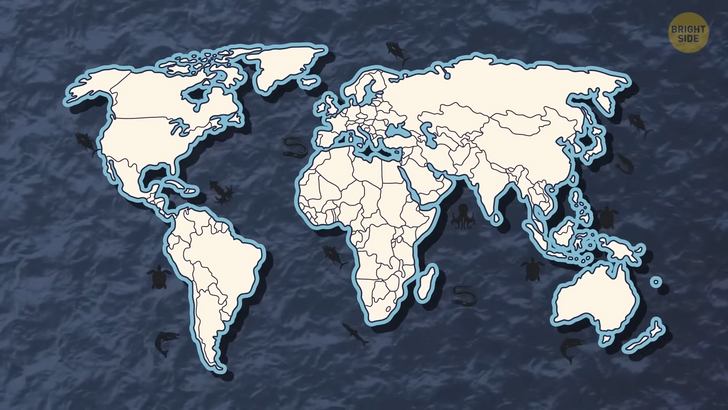
We still have around 80% of the Ocean to map, which is crazy considering how much of the solar system we’ve explored in comparison. But we are still aware of many of the unbelievable details about the Ocean. It covers over 70% percent of the world’s surface, where 94% of the Earth’s wildlife lives. And from some of the life in it, up to 80% percent of the world’s oxygen is produced, mainly from plankton, algae, and bacteria.
One of the most famous already mapped places is the Mariana Trench. It’s the deepest point on Earth, as low as almost 7 miles deep. That’s a huge 5 times the length of the Grand Canyon and deeper than Mt. Everest is tall. It’s also home to one of the most ancient seabeds on Earth, casually laying low for about 180,000,000 years! The pressure at the bottom is over 1,000 bars, but although this is 1,000 times more than normal pressure, life still flourishes here.
Throughout the Ocean, there are an estimated over 3,000,000 shipwrecks lying in the murky depths. Countless artifacts sit there untouched, and there could be more than all the world’s museums. The mid-ocean ridge is the longest in the world, reaching 40,000 miles. That’s almost ten times the size of the Andes, the longest mountain range on land.
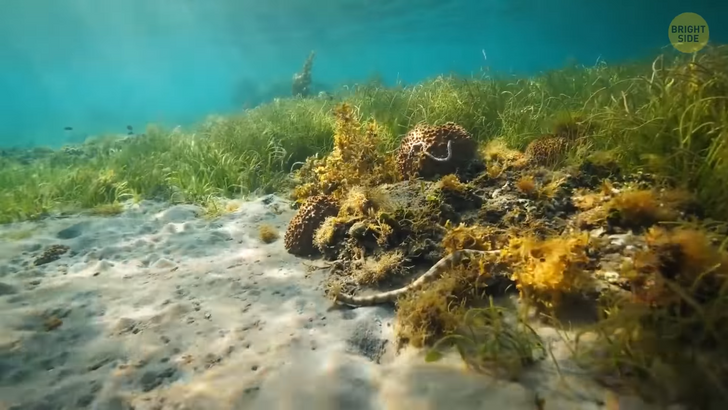
The Sun is the reason behind the blue and aqua colors of the Ocean. This color isn’t from the reflection of the sky, though they are both blue for the same reason. The surface of our planet receives white light from the Sun, and it absorbs the orange, red and yellow lights stronger. It doesn’t absorb the blue light so much, so it returns to how we see it. Of course, this only occurs based on how pure the water is. If the water is full of mud or algae, they scatter the light and overpower the water’s natural blueness.
There are many factors that determine what colors we see on our planet. Could you believe that the Earth wasn’t green before? Instead, it was purple! Chlorophyll in our atmosphere absorbs mainly blue and red wavelengths from the Sun and reflects the green ones to what we see our planet as today. Long ago, ancient microbes called “retinal” dominated the Earth instead of chlorophyll. They absorbed green light and reflected red and violet light.
Those microbes had a simpler structure, so they were easier to produce in the low-oxygen environment of the early Earth. They provided our planet with a purplish color instead of green. But chlorophyll is more efficient, and as the Earth was developing, it eventually took over. Imagine that billions of years ago, far-away observers could see our home as a small purple dot! I wonder if we could’ve also been purple? Probably not.
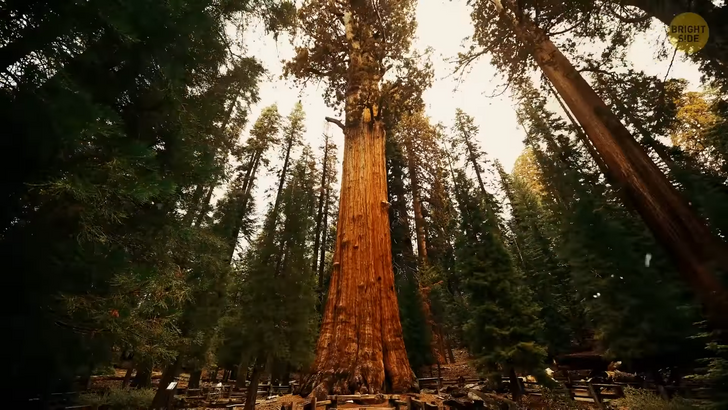
The biggest tree on Earth is a Giant Sequoia named “General Sherman.” It stands over 280 ft, almost reaching the height of a 26-story building! They believe it to be 2,700 years old, with a circumference of 1,000 inches. Its weight is a staggering 1,800 tons. That’s heavy, but it isn’t even the heaviest living thing on Earth!
In Utah, a huge grove of trees called “Pando” works like a single colony of trees. The massive root system connects all of them together, with up to 47,000 stems. It weighs up to 6,000 tons and is 80,000 years old. It makes it the oldest living thing known to humans. Now, what about the biggest area of one being? Off the coast of Western Australia, seaweed grows to an unthinkable size.
The “Poseidon’s ribbon weed” has been growing for 4,500 years, spreading underground clone shoots. It’s all connected and shares the same DNA with most of its shoots. It covers a massive 77 square miles, the same size as 28,000 soccer fields, or the size of Nebraska! And it won’t stop there either, as it continues to grow by 2 feet each year. It’s hard to even picture the scale of these enormous beings. Now, just imagine if they were all purple!
Comments
Related Reads
I Discovered My Son Is Not Mine After Catching My Sister Breastfeeding Him

15 Situations That Made Us Sigh and Ask, “But Why?”

Bright Siders Shared 20 Eerie Things Children Said That Sent Chills Down Their Spine
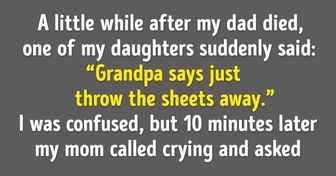
I Finally Blocked My Overbearing Mother-in-Law, I Didn’t Expect Her Petty Revenge

I Refused to Be My Husband’s Maid in the Name of Marriage—So I Made a Move He Didn’t See Coming

I Won’t Accept Unequal Treatment in the Family Business
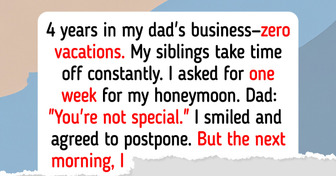
My MIL Called Me a Bad Mom for the Mess—My Husband’s Response Was the Real Shock

My Sister Uninvites Me From Her Wedding but Still Expects Me to Give Her Money

My Mom Didn’t Realize She Was on Voicemail—The Consequences Were Devastating

I Won’t Be Humiliated by My MIL, but I Refuse to Let My Wife Be a Stay-at-Home Mom

My Husband Got Another Woman Pregnant, but Refuses to Give Me a Divorce

My Husband Made Me Care for His Sick Mother, So I Served a Payback He Won’t Forget
